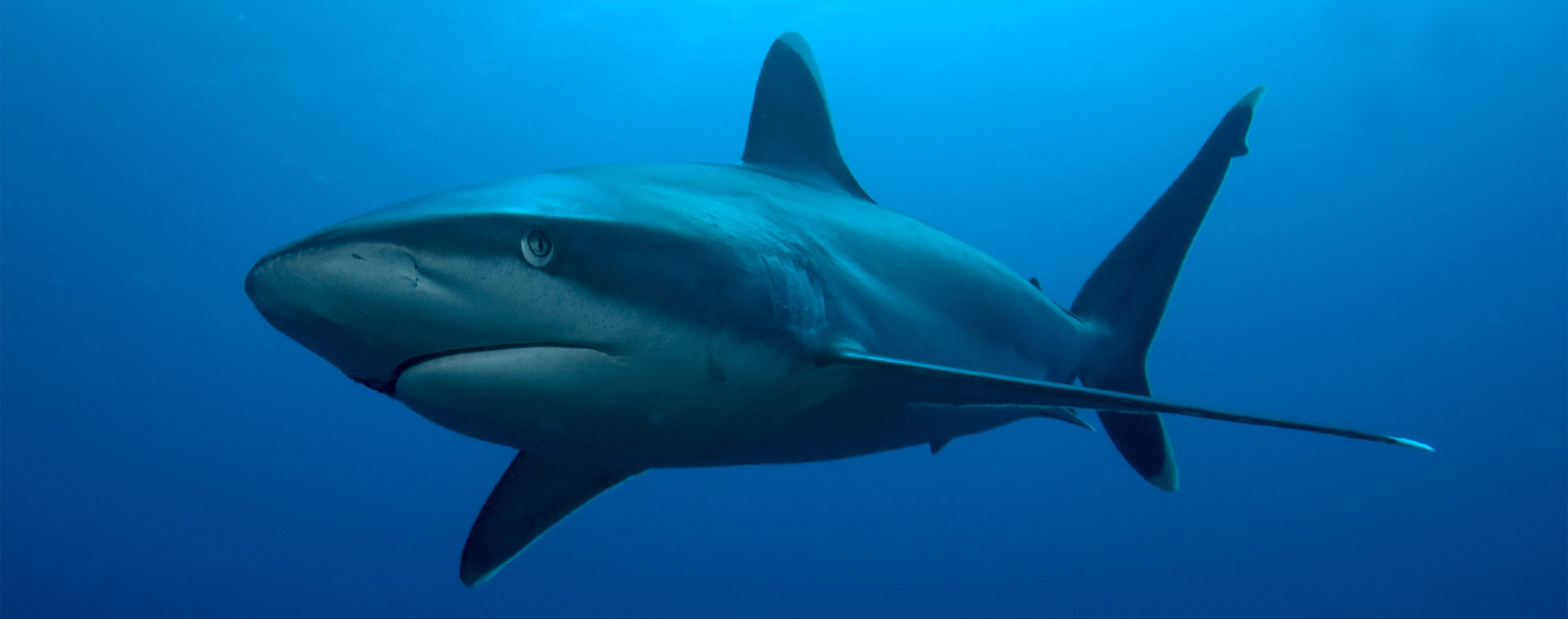La Réunion : décès d’un surfeur / Death of a surfer
Lundi 19 septembre après-midi, un surfeur connu à la Réunion a été la victime d’un requin alors qu’il pratiquait son sport, sur la plage de Boucan-Canot. Les interventions d’autres surfeurs pour lui venir en secours n’ont malheureusement pas permis de le sauver, et les recherches ultérieures pour retrouver son corps sont restées vaines. La communauté des surfeurs et des plongeurs est endeuillée par cet accident.
A la Réunion, depuis 8 mois, sur les 5 accidents dus à une attaque de requin, c’est le 2ème qui connaît une issue fatale. Il y en a eu d’autres par le passé : une trentaine en 30 ans dont 17 mortels. C’est sans doute la raison pour laquelle le préfet Michel Lalande a demandé des « prélèvements » de requins, soit, en moins diplomatique, une pêche préventive (punitive?) d’espèces dangereuses et non protégées, telles que le requin tigre, le requin bouledogue, le requin taureau, le mako … L’opération pourrait commencer dès cette semaine, et serait « limitée » à la partie du littoral comprise entre Boucan-Canot et Roches-Noires. L’autre mesure immédiatement applicable est le drapeau rouge : il ne concernait que les baigneurs, il concerne désormais toutes les activités nautiques de pleine eau (mais pas les plongeurs semble-t-il), mais quand le met-on ? Avant les attaques, quand la mer est d’huile mais que l’on soupçonne la présence d’un requin?…..
Etant donné que ce n’est malheureusement pas la première fois, il serait peut-être plus judicieux de procéder à une étude approfondie de la situation et des facteurs ayant pu générer ces accidents. Il se pourrait, notamment, que la présence de cage à poissons dans la baie de Saint-Paul puisse expliquer la présence des requins à proximité du littoral. La géographie du lieu ne permet pas d’installer des filets de protection qui seraient responsables alors d’une véritable hécatombe pour la faune marine : pas de plateau continental et une houle forte la plupart du temps.
La première recommandation serait de déserter le site pendant un certain temps. La seconde étape serait de demander à des spécialistes scientifiques d’étudier tous les aspects de ce problème afin qu’ils puissent conseiller les politiques (et ne pas procéder à des « prélèvements » dont les conséquences ne sont même pas évoquées). Mais cela aurait un impact économique sur le tourisme en particulier. Cela nécessiterait de la part des politiques de prendre des décisions pas toujours faciles. Quoiqu’il en soit, les expéditions punitives contre les requins ne servent à rien, sinon à décimer les populations et ne permettent pas de comprendre l’enchaînement d’erreurs liées aux activités humaines que nous faisons en amont et qui conduisent à ces tragédies.
ENGLISH VERSION:
La Réunion: death of a surfer
On Monday afternoon, September 19th, a well-known surfer from the Reunion island was attacked by a shark while surfing off the Boucan-Canot beach. Other surfers tried to rescue him, but unfortunately they could not save him. Subsequent searches for his body remain unsuccessful. The community of surfers and divers is grieving over this accident.
Out of 5 accidents from shark attacks to occur in the past 8 months in the Reunion island, this is the second fatal one. In the past 30 years, there have been approximately thirty accidents, 17 of which have led to death. Could this be why the prefect Michel Lalande asked for shark « samplings », which means in a less diplomatic language, preventive (or is it punitive?) fishing of dangerous and non-protected species, such as the tiger shark, the bull shark, the sand tiger shark, the mako finshark… The operation could begin from this week, and would be « limited » to the part of the coast between Boucan-Canot and Roches-Noires. Another immediately applicable measure would be to put up a red flag on the beach: until now it has only concerned swimmers, from now on it would apply to all open water nautical activities (but not scuba-diving). The question is when should it be put up? Before attacks, when the sea is calm and a suspicion of a shark is lurking?…
Since this is not the first time, it would maybe be more sensible to proceed to an in-depth study of the situation, and determine the factors leading to these accidents. Could the fish cages in Saint Paul’s bay explain the presence of sharks near the coastline? The area, with no continental shelf and strong wind most of the time, does not allow authorities to install safety nets. This would only lead to major marine-life slaughter.
The first recommendation would be to leave the site for a while. The second would be to ask scientists to study all aspects of this problem so that they can consult with the politicians and not proceed to « samplings » (the consequences of which are not even been mentioned). But this will have an economic impact on tourism particularly. The politicians will not have always easy decisions to make. In any case, the punitive expeditions for sharks are useless: they will only decimate the shark populations. They will only bring us further from understanding the chain of errors linked to human activities we are involved in upstream, and which then lead to these tragedies in the first place.
